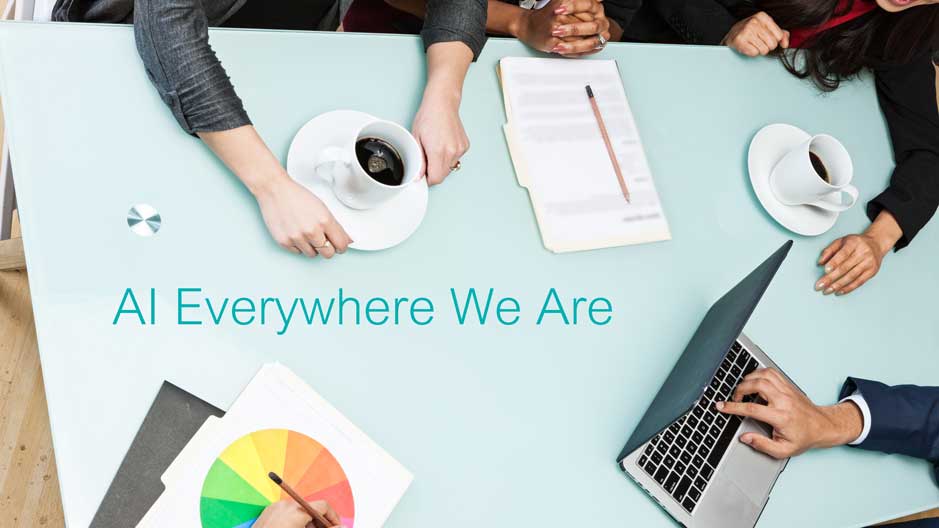AI can increase our productivity and creativity, or it can replace human intervention altogether by making better decisions, both in everyday life and in business. AI is pretty ubiquitous, from smartphone apps to autonomous vehicles, and we’re starting to see many instances of AI cropping up in both personal and business settings.
Everyday AI
In our everyday world, we have predictive applications, like Hopper, which predicts how prices for airline flights will change over time (and allows you to book at the optimal time), or Google’s Inbox, which can automatically suggest reminders or short appropriate responses by analyzing your email content.
Some common applications of AI in business today include:
- Setting accurate prices – taking into account both company and customer
- Replenishment automation – always ordering enough to not turn customer away, but not so much that it leads to waste
- Product development – choosing products that will be of interest to a customer (for better cross-selling)
AI in Capture and Recognition
In the document processing world, AI has been around for quite a while, allowing companies to classify documents and extract data using superior brainy approaches like Bayes classifiers, decision trees, and artificial neural networks. AI can be used to mine valuable data from organizational data.
There are two paradigms for dealing with results when it comes to using AI for data recognition and capture:
- CAPTURE and then MONITOR the results. This usually involves understanding your documents at a field level and then setting (and later tuning) proper field-level thresholds based upon the “criticality” of capturing that field’s values. Depending on the threshold, data will either pass straight through to output, OR be rejected and require further human review for accuracy.
- ROUTE ALL OCR results for further verification by a human. This paradigm places LESS trust in the technology as you are performing 100% verification and OCR takes a more “functional” role. .
Monitoring the results certainly makes sense where applications of AI are mission-critical or a matter of life and death. One can argue that while autonomous car technology is getting quite refined, it’s still in its infant stage, and trusting the technology will evolve over time. Verifying all results of OCR is similar to pressing an “OK” button in an autonomous car before each decision. This may be safe, but provides almost zero benefit.
Fully Leveraging AI
Since AI has been an important aspect of the data processing world for years, why are businesses still relying on human intervention and data processors to analyze data that’s already been analyzed using AI and machine learning? Is this truly an issue of trust?
The reality is that more often than not, it’s an issue of effort and labor. You need a precise understanding of the accuracy of the system and few organizations go through that “trouble,” resulting in hundreds of millions of wasted dollars annually.
That’s where Parascript comes in – our goal has always been to help businesses achieve the highest level read rates with the lowest possible error rate using our award-winning machine learning software. With the latest version of our software, we’ve introduced the first commercially available data location, extraction and verification solution that deploys template-less, neural network-based document extraction.
Parascript has productized its machine learning platform to support custom-developed recognition projects with much quicker turnaround than traditional rules-based approaches. With just truth data and a sample document set, Parascript can easily implement client-specific changes and performance improvements and send them the new, trained neural net.
The result is significantly faster production with more reliable and refined results for Parascript clients.
For more about Parascript’s advanced machine learning capabilities, see the following:
Parascript Launches First Document Capture with Advanced Machine Learning

